Most of us have experienced the all too familiar aching, tired, sore and stiff muscles that can follow an intense workout. Delayed Onset Muscle Soreness (or DOMS) is a common sensation felt especially after weight training.
When you perform cardio or weight exercises you are basically breaking down your muscles (and other tissue), using up your energy and fatiguing your body. A muscle needs 24-48 hours to repair and rebuild after a workout this is why, in weight training in particular, you should never train the same muscle 2 days in a row.
Recovery must occur before progress can be made otherwise you risk overtraining your body, or worse- injuring it.
So far, the research into how to speed up post exercise muscle recovery has revealed no definitive answers, there are however plenty of methods believed to help alleviate muscle soreness here are my top 6.
Active Recovery
If you thought recovery meant relaxing on the sofa, doing nothing, then you will be disappointed. An active recovery is a light workout consisting of easy and gentle movements that boost circulation and work your joints without the intensity of your regular workout.
Isometrics (gentle controlled stretching and strength building moves), swimming, a bike ride, yoga and team sports such as basketball, volleyball etc. are all examples of an active recovery session.
Food
Nutrition plays a vital part both pre and post workout results and the same is true for muscle recovery. A 2:1 ratio of carbs to protein before or after (or both) a workout may help reduce muscle soreness.
There are certain foods that contain inflammation reducing properties these include cherries, pineapple, papaya, apples, walnuts, almonds, ginger, omega 3 fatty acids and red peppers.
Foods high in potassium are also thought to speed recovery these include bananas, oranges, melons, raisins and potatoes.
Drink
We are all aware of how much water we are recommended to drink daily but this volume should be increased when exercising as we need to replace the fluids lost during this time. Water flushes out toxins and prevents dehydration which can make muscle soreness worse.
Green Tea contains catechins (antioxidants) that help reduce muscle damage and speed up fat loss and research shows drinking a protein shake before or after a workout could help reduce muscle soreness and speed recovery.
Sleep
Sleep is your body’s time to rest, recover, build muscle and repair it. Hormonal secretion during sleep is one of the most important factors influencing recovery. Consistent sleep is more likely if you go to bed at the same time each night and wake up at the same time each morning. Aim for 7-8 hours at night and, if possible, a daytime nap too.
Massage
The increased blood flow resulting from massage increases the body’s efficiency to transport nutrients and oxygen. Massage can also reduce muscle tension and ease inflammation. You can either visit a qualified masseuse or do it yourself with a foam roller.
Self-myofascial release, also known as “foam rolling” is a method where you apply pressure, using a foam roll, to specific points on your body to massage them.
Power Plate® ™ found in all Xcelerate Gyms Recovery Rooms
Power Plate’s vibration-assisted technology reduces inflammation by increasing blood flow and lymphatic flush to ease pain, promote faster recovery of damaged muscles & tendons and improve joint mobility.
Using Power Plate’s whole body or targeted vibration products, everyone, regardless of fitness level, can benefit from post-workout recovery. As an ideal introduction to vibration assisted technology, Power Plate’s targeted vibration products are portable, easy to use and deliver therapeutic relief directly to the areas that need it most.
Those were my top 6 ways to speed up gym recover, which methods work for you?


